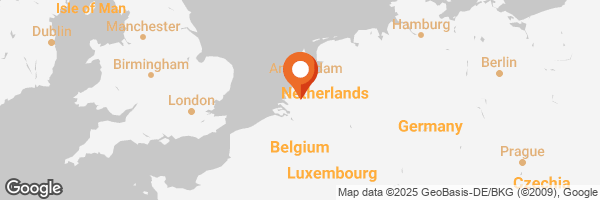
Education is one of the most important things in life. Without education, it’s hard to find a good and well-paying job. But how was it created? Of course, every country has its own unique history of education.
Lately, it has become a habit of mine to write about museums in Dordrecht, haha. Another one? Exactly, haha! For now, at least. To truly get to know a country, you need to learn as much as possible about it – its history, culture, education, nature, and, of course, cuisine.
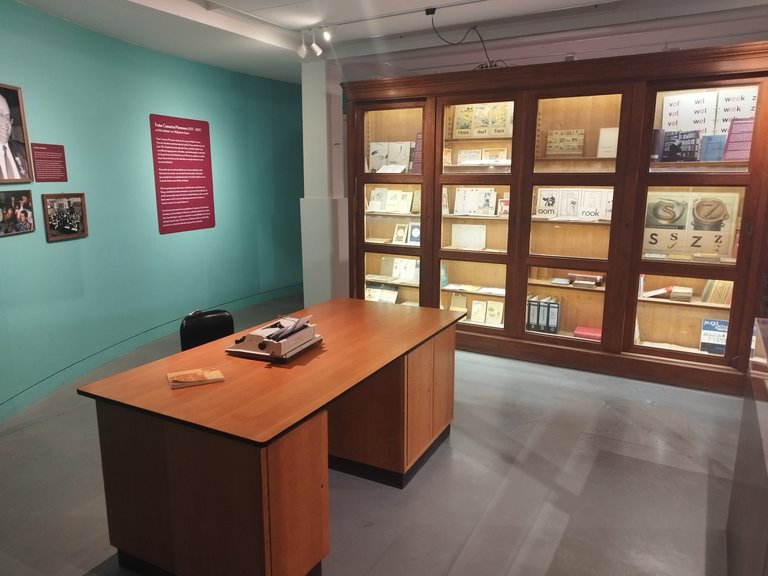 | 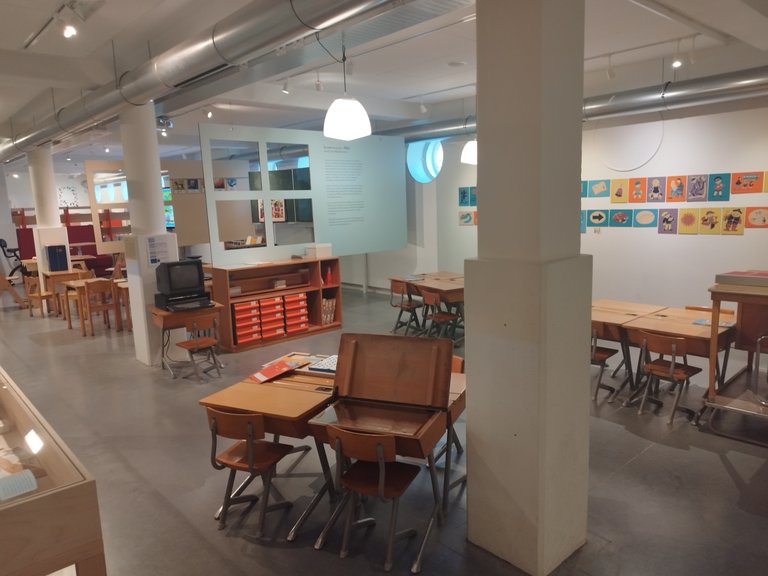 |
|---|
The museum is located just a few meters from the train station and, as far as I’ve understood, it’s one of the largest education museums in the world. Is that true? We'll find out over time, haha. So, are we going back to school? Oh, nooo! Don’t worry, we’ll just learn new things and explore the history of education in the Netherlands little bit, haha.
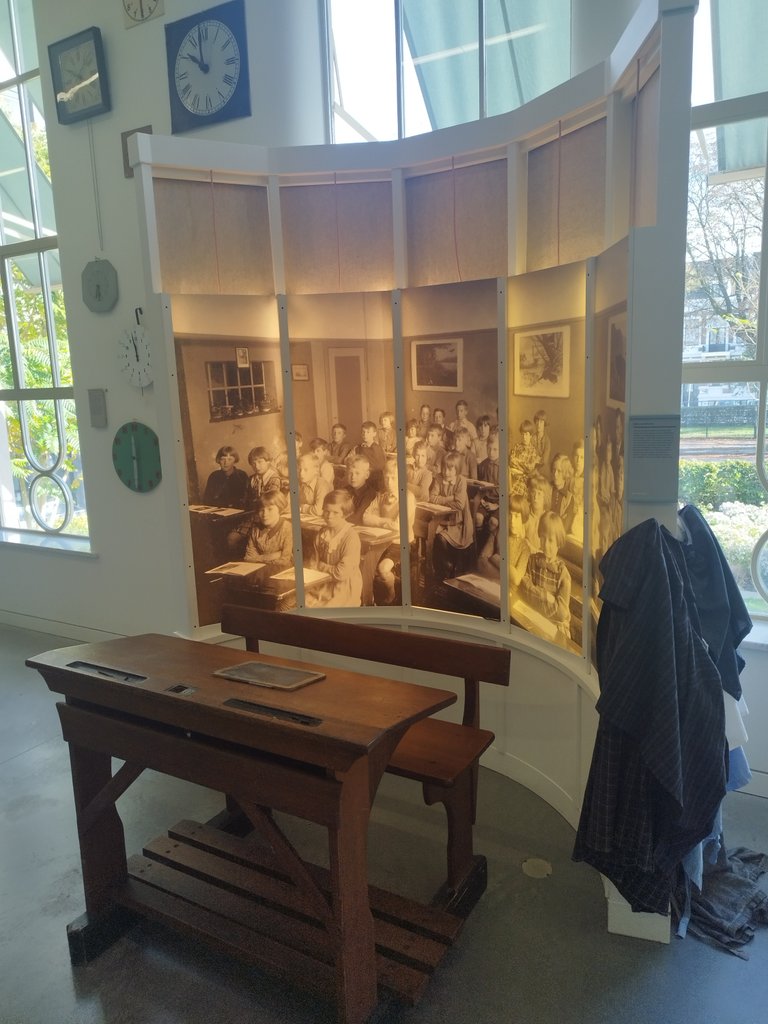 | 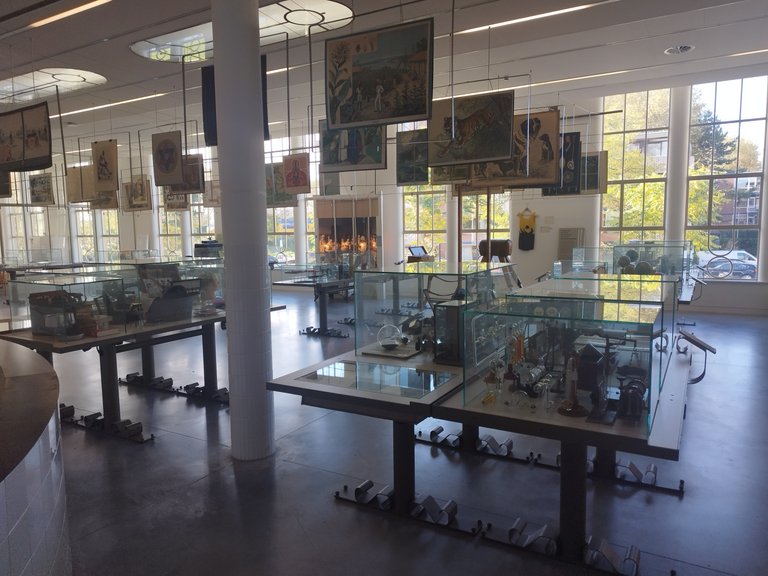 |
|---|
An outdoor school? Did I hear the woman correctly? The idea came from Germany. Imagine an open-air school – reading and learning in nature, with fresh air, snow, and cold weather, haha. A true adventure and challenge for both the mind and spirit. Birds and animals make noises while the teacher tries to give a lesson. I don’t know why, but it sounds magical.
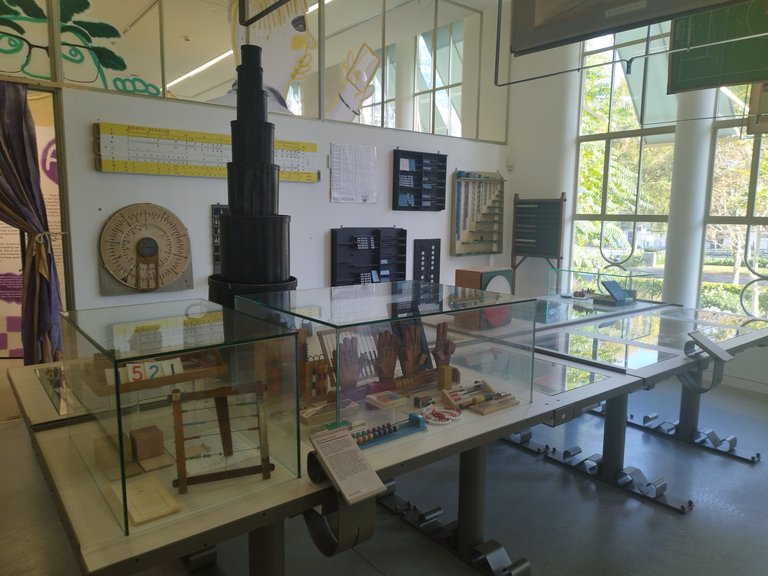 | 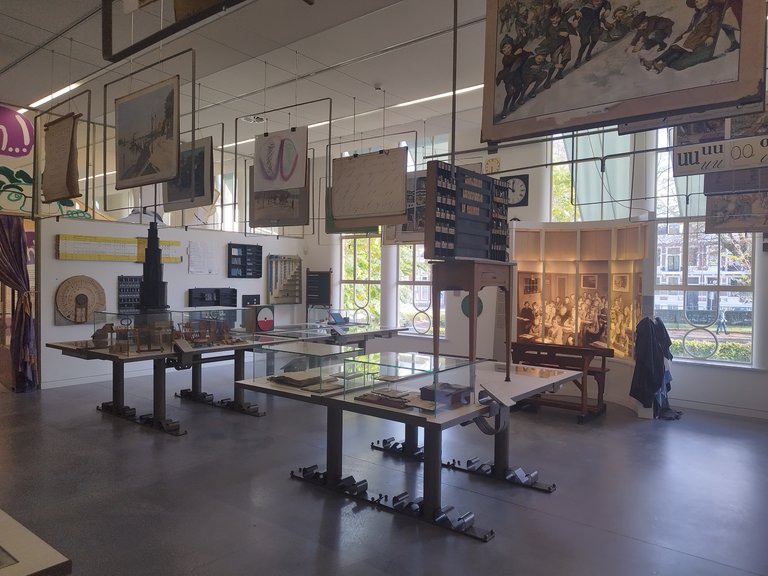 |
|---|
And on top of that, you’re in the Netherlands. Of course, I don’t smoke marijuana, but imagine what it must have been like – nature, school, and perhaps the occasional joint between classes. Paradise! A hippie lifestyle, haha. The first such school was opened in 1913 in The Hague. You might still be able to see what they look like, as there are several hidden small schools in parks. I think I showed one in an earlier post. Now I understand what it was for, whereas I used to think it was a school for animals, haha.
Different teaching methods require innovative approaches. For example, in 1977, the idea of creating words using paper cutouts was introduced. Yes, it sounds a bit like the letters from serial killers, haha, but let’s not forget, they were kids once too.
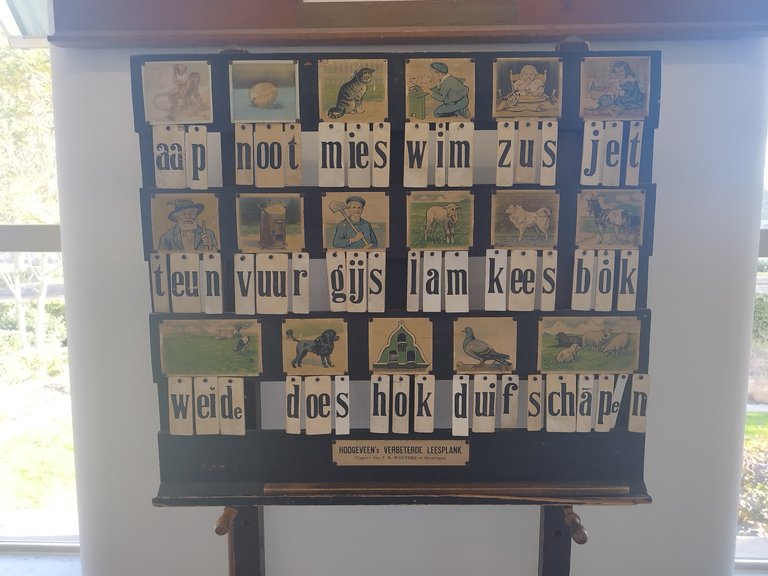 |  |
|---|
Besides outside schools, there are the classic school buildings. In 1921, desks were introduced. Each manufacturer had to follow specific rules for production and dimensions. Initially, there were about 7-8 different sizes, which evolved over time, along with the materials and methods of production. By now, there are probably desks with phone holders, haha.
To make learning interesting and fun, in 1929, the wooden counting hand was invented. It was used for counting on fingers – something new and fun for children, which not only entertained them but also sparked their imagination.
In 1861, the first professional school was established to provide qualified staff for the newly emerging institutions.
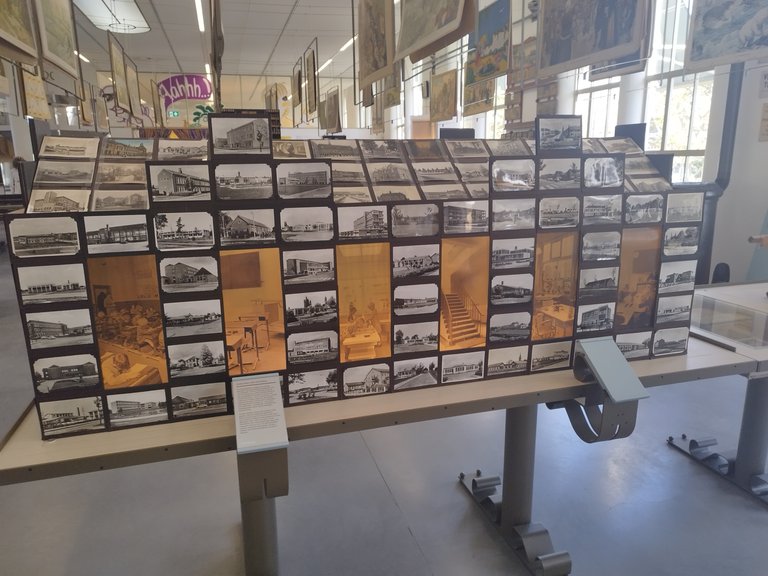 |  |
|---|
Sunday 11:00 - 17:00
🎟️ Ticket Prices:
Adults: €12.00
13 to 18 years € 6.50
4 to 12 years € 4.50 (children up to 12 years accompanied by an adult)
Under 4 years free
Student card € 8.50
Museum Card: Free (though additional fees may apply for special exhibitions).
🌐 Website:
Onderwijs Museum
suffer from the past, to long for the future, but to forget the present.
Any unsourced images and writing are my own. Life is worth it!
Thank you for support and follow me @darthsauron
